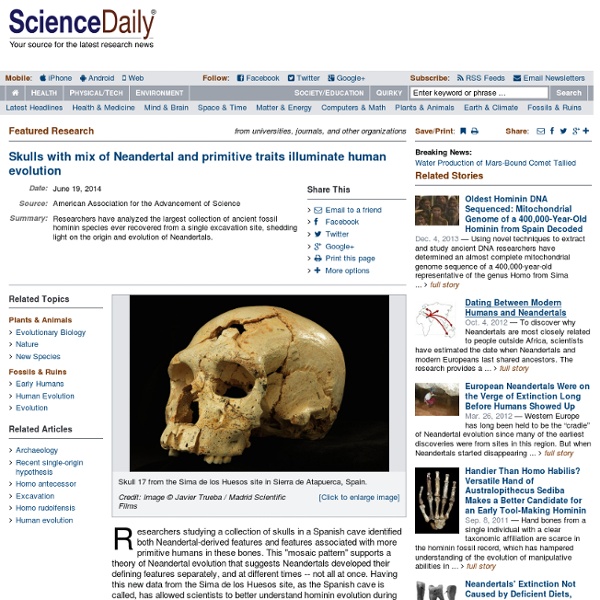Music Training and Neuroplasticity
With our multi sensory brain, music harnesses powers of nature, culture, and mind. How much is the brain changed by the effects of music training and neuroplasticity? Music is one of the most demanding cognitive and neural challenges, requiring very accurate timing of multiple actions, precise interval control of pitch not involved in language, and multiple different ways of producing sound. Auditory and motor actions influence each other in a constant interplay, which is largely unknown. Brain Lesion Effects on Music All brain imaging is done in a time scale of seconds, but the brain functions in the scale of milliseconds. A lesion in the auditory cortex causes “amusia” where a patient can speak and understand everyday sounds, but cannot notice wrong notes in tunes, or remember melodies.Another case, a 71-year-old cellist, had encephalitis and lost ordinary memory, but remembers music. But, recent research shows that when studying infants these differences do not necessarily exist.
Much Earlier Split for Neanderthals, Humans?
In the ranks of prehistoric humans, Neanderthals were our closest relatives. We were so close, in fact, that our species interbred with theirs. Tracing back our lineages, there must have been a last common ancestor of Homo sapiens and Neanderthals sometime in prehistory. (Related: "Geno 2.0 Can Reveal How Neanderthal You Are.") But who was this mystery human? Picking out direct ancestors in the fossil record is tricky. In the last five years, anthropologists have used DNA to reconstruct the evolutionary history of humans. The dates range from more than 800,000 years ago to less than 300,000, with many estimates in the neighborhood of 400,000 years ago. But this may not be so. What's new? In a study published on Monday in the Proceedings of the National Academy of Sciences, George Washington University anthropologist Aida Gómez-Robles and colleagues turned to teeth to test what had been gleaned from genetics. Why is it important? The new study contradicts this idea. What does it mean?
Beginnings
Evidence varies when Neanderthals died out
Direct dating of a fossil of a Neanderthal infant suggests that Neanderthals probably died out earlier than previously thought. Researchers have dated a Neanderthal fossil discovered in a significant cave site in Russia in the northern Caucasus, and found it to be 10,000 years older than previous research had suggested. This new evidence throws into doubt the theory that Neanderthals and modern humans interacted for thousands of years. Instead, the researchers believe any co-existence between Neanderthals and modern humans is likely to have been much more restricted, perhaps a few hundred years. The research, directed by the University of Oxford and University College Cork in collaboration with the Laboratory of Prehistory at St Petersburg, Russia, and funded by Science Foundation Ireland was recently published in PNAS Online Early Edition. The new dating evidence throws new light on when the Neanderthals became extinct and why.
Antiquarian
This article is about practitioners of the scholarly pursuit of antiquarianism. For the trade in old books, see Bookselling. For trading or collecting old objects, see Antique. Today the term is often used in a pejorative sense, to refer to an excessively narrow focus on factual historical trivia, to the exclusion of a sense of historical context or process. History[edit] Antiquarianism in ancient China[edit] During the Song Dynasty (960–1279), the scholar Ouyang Xiu (1007–1072) analyzed alleged ancient artifacts bearing archaic inscriptions in bronze and stone, which he preserved in a collection of some 400 rubbings;[1] Patricia Ebrey writes that he pioneered early ideas in epigraphy.[2] Interests in antiquarian studies of ancient inscriptions and artifacts waned after the Song Dynasty, but were revived by early Qing Dynasty (1644–1912) scholars such as Gu Yanwu (1613–1682) and Yan Ruoju (1636–1704).[3] Antiquarianism in ancient Rome[edit] Medieval and early modern antiquarianism[edit] C.R.
Neanderthals speech similar to humans - per DNA evidence
Neanderthals might have spoken just like humans do now, new genetic findings suggest. Neanderthals are humanity's closest extinct relatives. Since their discovery more than 150 years ago, researchers have found out they could make tools just like our ancestors could, but whether Neanderthals also had advanced language, rather than mere grunts and groans, has remained hotly debated. To learn more, scientists investigated DNA from Neanderthal bones collected from a cave in northern Spain, concentrating on a gene, FOXP2, which is to date the only one known to play a role in speech and language. Genes similar to FOXP2 are found throughout the genomes of the animal kingdom, from fish to alligators to songbirds. Past research suggests the gene's modern human variant evolved fewer than 200,000 years ago. "It is possible that Neanderthals spoke just like we do," paleogeneticist Johannes Krause of the Max Planck Institute for Evolutionary Anthropology in Leipzig, Germany, told LiveScience.
Shift to nationalism
Neanderthals Talked -- Like Us
Neanderthals, like modern humans, likely communicated among themselves and with others using tonal languages. New research, published in the journal Frontiers in Language Sciences, presents strong evidence -- genetic, fossil, archaeological and more -- that modern speech and language existed among Neanderthals, Denisovans (a Paleolithic type of human), and early members of our own species. “Modern humans and Neanderthals and Denisovans are very similar genetically, and there are indications of interbreeding as well, strengthening this similarity,” lead author Dan Dediu told Discovery News, explaining that a gene involved in language and speech, FOXP2, is present in all three groups. PHOTOS: Faces of Our Ancestors Neanderthal genes also suggest that the stocky, yet brainy, individuals possessed tonal languages, since there is an association between tone and two of their genes involved in brain growth and development. NEWS: Neanderthals Lacked Social Skills



